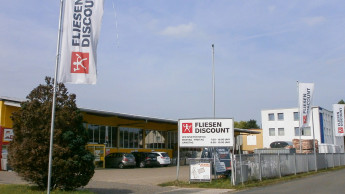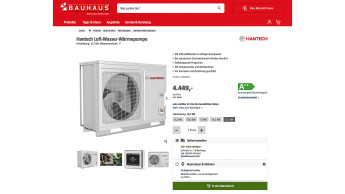The three Baltic States came through the financial crisis relatively well. Compared with the majority of other states in Europe, all three countries were shining examples of really good growth rates. The DIY retailers were among those to benefit from this. They were able to report double-digit rates of growth almost right across the board for the year 2011. Although we are accustomed to mentioning Estonia, Lithuania and Latvia in the same breath, it should not be overlooked that these are three different countries, each with its own language, diverse cultural traditions and economic trends. Estonia Estonia was the paragon of the European Union in 2011. Its economy saw growth of 8.3 per cent in that year, more than that of any other member state. The country’s further growth is also something to be proud of: for 2012 the EU Commission expects its GDP to increase by 2.5 per cent, and as much as 3.1 per cent in 2013. Other economic indicators also point to favourable conditions for the DIY trade: private consumption is expected to go up by 3.3 per cent this year (2011: 3.6 per cent, 2012: 3.2 per cent estimated), stimulated by rising wages among other factors (2012: 5.0 per cent, 2013: 5.4 per cent estimated). The consequence of this has been strong growth for retailing, where sales between January and September 2012 increased by eight per cent on the same period the year before. The signals coming from the construction industry appear contradictory: on the one hand the level of square metres approved for home-building in the first nine months of 2012 was down by nine per cent, following a rise in the number of residential buildings completed in 2011. Then, on the other hand, the talk at year’s end was of a positive trend in the Estonian building industry once again. Bauhof is the market leader in the Estonian DIY trade. Not by accident does the name have a Germanic ring to it: as CEO Mart Vau said at the start, it is intended to indicate “accuracy and order, as well as knowhow that has been passed from generation to generation by master builders”. And that is not only in Estonia. The company originally broke into the Estonian DIY market under the name of Ehitus Service as the first dealer with a uniform DIY trading concept, though later on it looked for a name that would allow it to expand abroad. In 2007 came the decision to change the name to Bauhof and to take definite steps towards expansion. Although the company’s proposal to enter the market of…

European paragons
In the aftermath of the financial crisis the economic data from the three Baltic States are signalling a positive environment for these quite differently structured markets

 Menü
Menü










 Newsletter
Newsletter